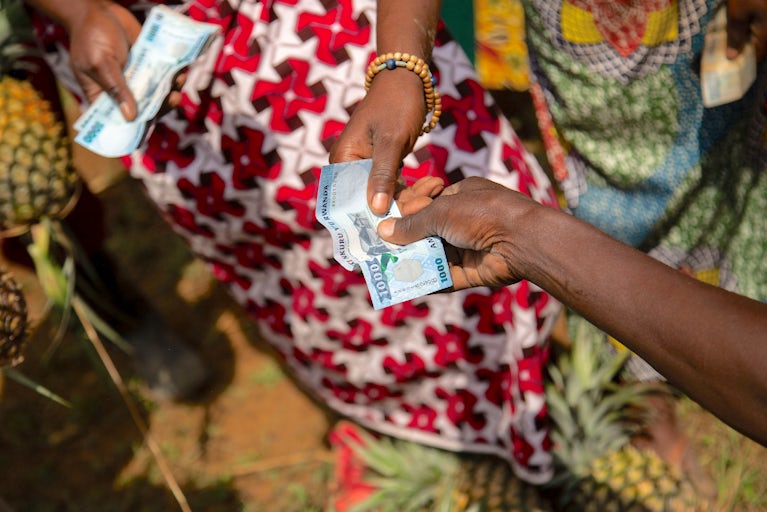
From Kenya to Bangladesh: 5 Ways Heifer Builds Strong Market Systems
By Heifer International | December 17, 2021
Several years ago the women of Bihani Dairy, a Heifer-supported agricultural cooperative in southwestern Nepal, had an idea: Provide a collection center for milk produced by the area’s dairy farmers, an enterprise move that would reduce waste and offer farmers, who were otherwise forced to sell as quickly as possible for below-market fees, a chance to create a sustainable living income.
This opportunity generated others, such as using the milk to produce more diverse “value-added” dairy products, like yogurt, ghee and kulfi, or ice cream — adding potential for profit every step of the way.
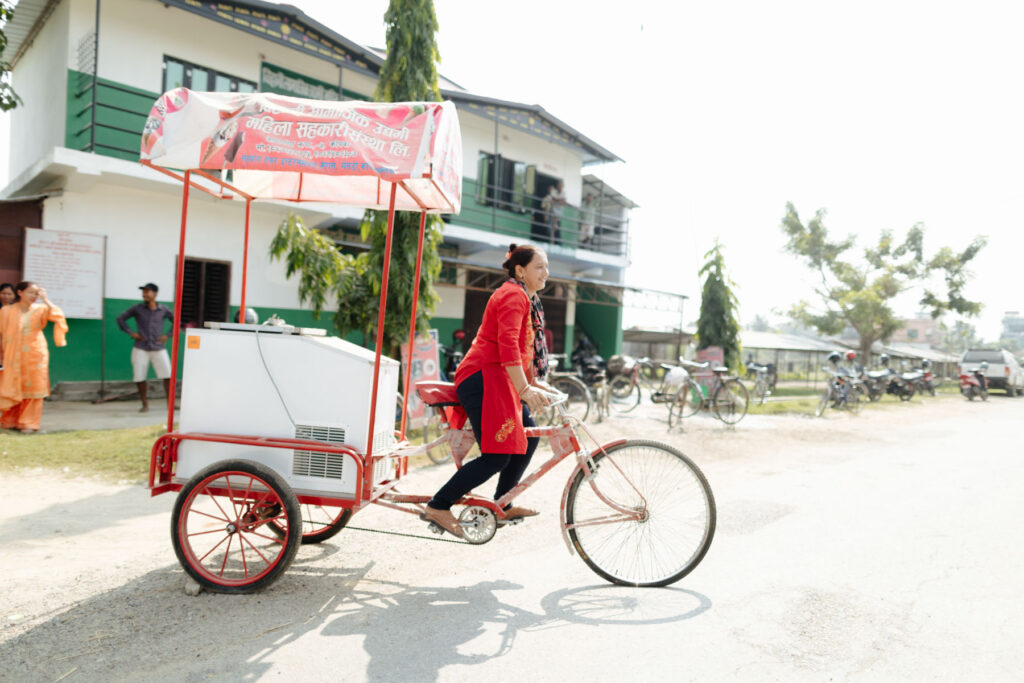
“We are also in the process of diversifying the milk into various products in a larger volume so that milk does not have to go to waste,” said Thulsi Thapa, chairperson of Bihani Dairy, which even more recently is planning to expand its operations and market its brand across the region. “We are hopeful that the future holds better prospects for us.”
Heifer International believes locally led agricultural value chains, like the dairy chain leveraged by the women of Bihani, are a critical pathway to help vulnerable people provide nutritious food for their families and communities while earning a fair wage for themselves.
But what is a value chain, exactly?
An agricultural value chain is the entire sequence of activities required to create and deliver a product or service, in which value is added at each phase of the process. An agricultural value chain refers specifically to agricultural products, like milk, and is defined by the Food and Agriculture Organization of the U.N. as the set of actions and actors involved in bringing a basic farmed product from field production to final consumer, with the product gaining value along the way.
A strong value chain concept incorporates both primary activities, like production and logistics, and support activities, such as training, infrastructure and investment. Understanding this full range of actions can help improve efficiency, affect profits and strengthen outcomes for smallholder farmers.
A value chain in agriculture comprises everything from the conception or design of a product to its final sale, including sourcing raw materials, production, manufacturing, marketing, distribution and customer service, as well as supporting business operations, like quality control, accounting and human resources.
The global value chain for exported Guatemalan cardamom, for example, starts with smallholder spice farmers and includes agricultural inputs, like cardamom seed and fertilizer; crop production, such as sowing and harvesting; cardamom drying; processing; packaging; transportation and shipping; sale to international markets; and final retail sale to individual buyers.
Another example of a value chain in agriculture is the dairy production sector in East Africa, which also starts at the farm level and covers all the equipment and activities that move milk from the field to the consumer, including production of cattle feed, production and collection of milk, transportation and cold storage, processing, packaging, distribution to markets and sale to the end customer.
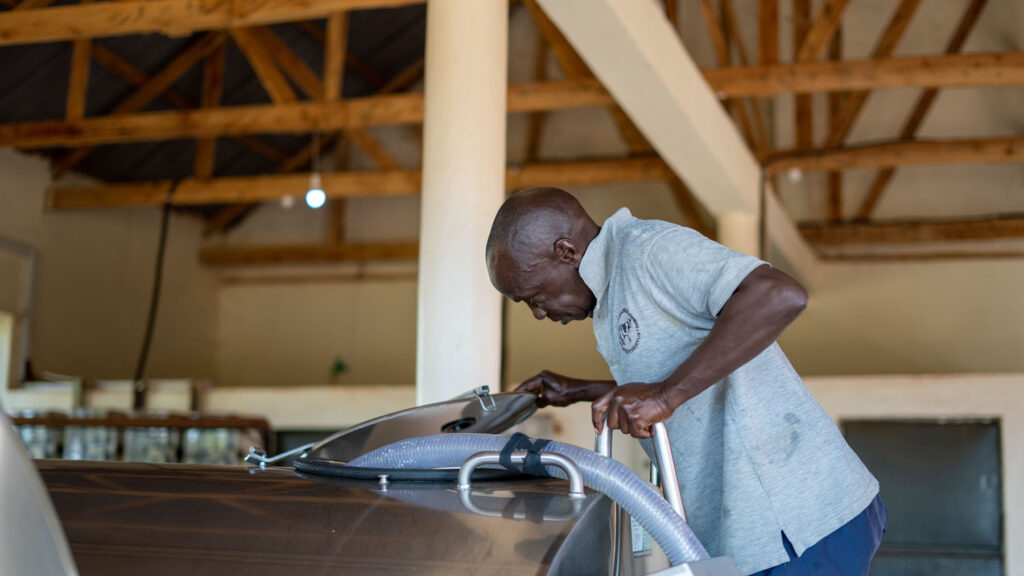
Throughout the value chain, a product improves in quality and convenience or is processed into other desirable products, becoming more valuable at every stage. Each link in a value chain is also an opportunity for the farmer to earn more income.
Farmers who sell raw milk, for instance, may receive only a small return. But with access to infrastructure and equipment, they can process that milk into pasteurized products, yogurt or cheese — capturing more of the profit themselves instead of losing it further up the chain.
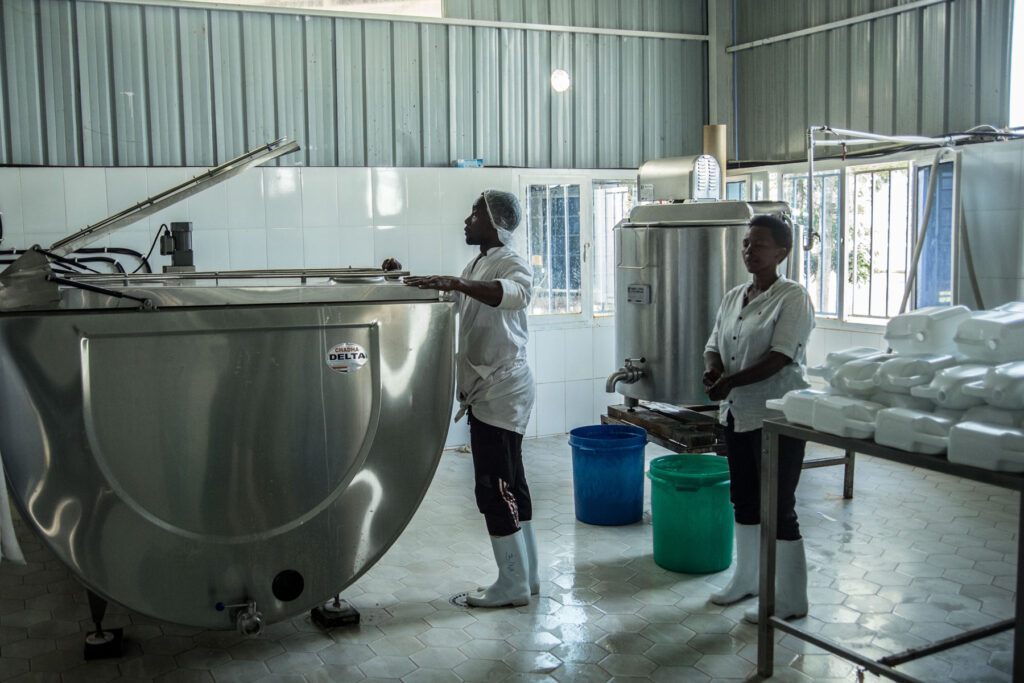
Building strong, equitable agricultural value chains — that feed into a sustainable, inclusive food system — is important to meeting the United Nations Sustainable Development Goals of overcoming poverty and feeding the world’s growing population. And this work cannot be accomplished without lifting up farmers.
Despite the labor they put into growing and producing food, the world’s smallholder farmers — having limited access to financing, markets or equipment to expand operations or process their products — often reap the least financial benefits. According to the World Bank, about 80 percent of the world’s poor who live in rural areas make their living through farming. Even in the U.S., growers and ranchers earn just 15.9 cents of every dollar spent on domestically produced food — a stark example of how uneven value chain activities can limit opportunity.
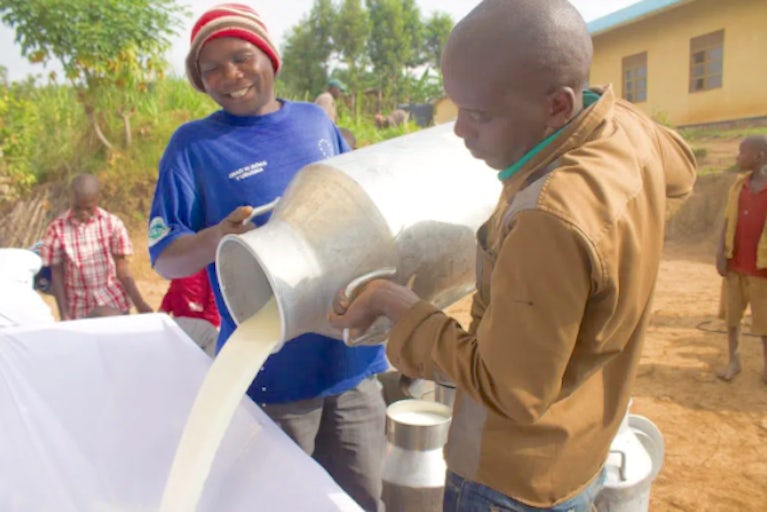
Heifer International is working to change this dynamic, deploying financing like loans and equity investments to optimize local agricultural value chains to keep income in the pockets of farmers.
Research backs this effort: Growth in the agriculture sector is estimated to increase the earning potential of poor families two to three times more effectively than other industries.
In collaboration with country teams, Heifer Impact Capital, and our partners, we assess local markets and value chains, identifying areas where farmers are losing profit or where there is a missed opportunity for income, then finance projects that empower farmers to take more ownership of those links in the chain.
In Guatemala, for example, an investment in new dryer technology has helped cardamom farmers earn more for their crop. The spice rots within 12 hours of harvest if the drying process isn’t initiated, forcing growers to sell to middlemen immediately — and for as little as is offered — or risk making nothing at all. Dried cardamom is worth up to five times more than fresh cardamom, and taking over the drying process gives farmers more time to negotiate a fair price, improving both their bargaining power and by managing the drying process themselves, farmers gain more control over the crop’s transformation and greater bargaining power to secure fair prices.
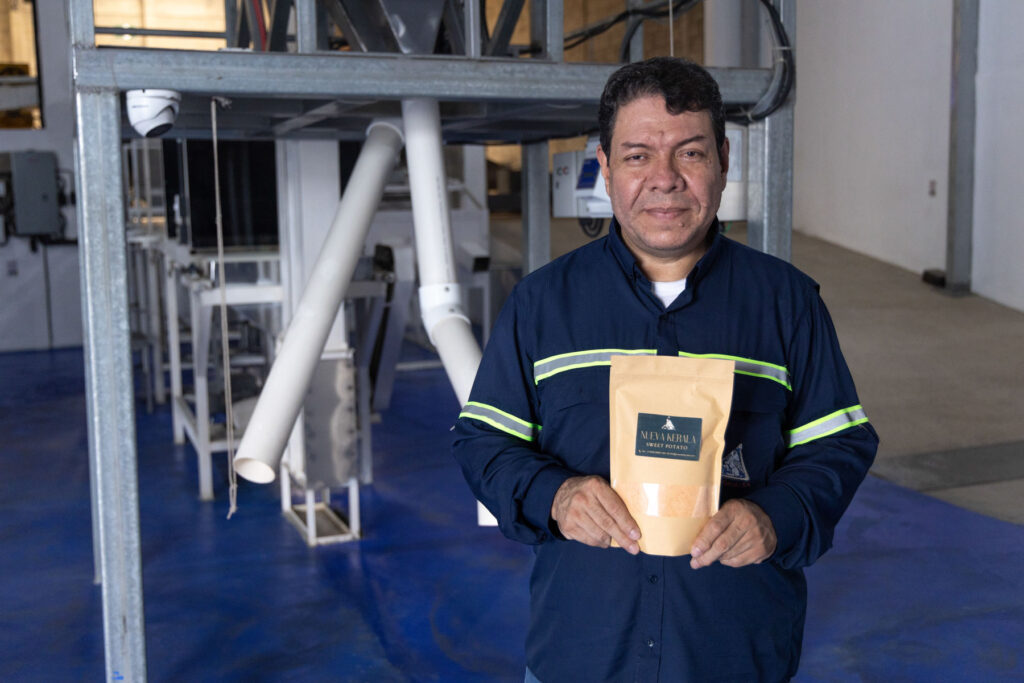
Heifer also invested in a Guatemala-based spice company, Nueva Kerala, which gives local farmers a role in processing, packaging and distributing cardamom and other spices for the export market. And in Kenya, investments in machinery for chilling, pasteurization and making yogurt are supporting dairy farmers to reap a higher price for the milk they produce.
Around the world, Heifer advocates for farmers — like those in Guatemala and Kenya, the women of Bihani and more than 1 million others globally — and invests in infrastructure and equipment that expand the stake they have in the value chains they supply. This translates to more income at the farm level and more resilient families, food systems, economies and communities on a global scale.
Cart is empty
Success!
Please be patient while we send you to a confirmation page.
We are unable to process your request. Please try again, or view common solutions on our help page. You can also contact our Donor Services team at 855.9HUNGER (855.948.6437).
Covering the transaction fee helps offset processing and administrative fees that we incur through taking payments online. Covering the transaction fee for each payment helps offset processing and administrative fees that we incur through taking payments online. Covering the transaction fee for each payment helps offset processing and administrative fees that we incur through taking payments online.
Success!
Please be patient while we send you to a confirmation page.
We are unable to process your request. Please try again, or view common solutions on our help page. You can also contact our Donor Services team at 855.9HUNGER (855.948.6437).
When you donate a gift to someone, you'll have the option to create a free card after your donation is complete.
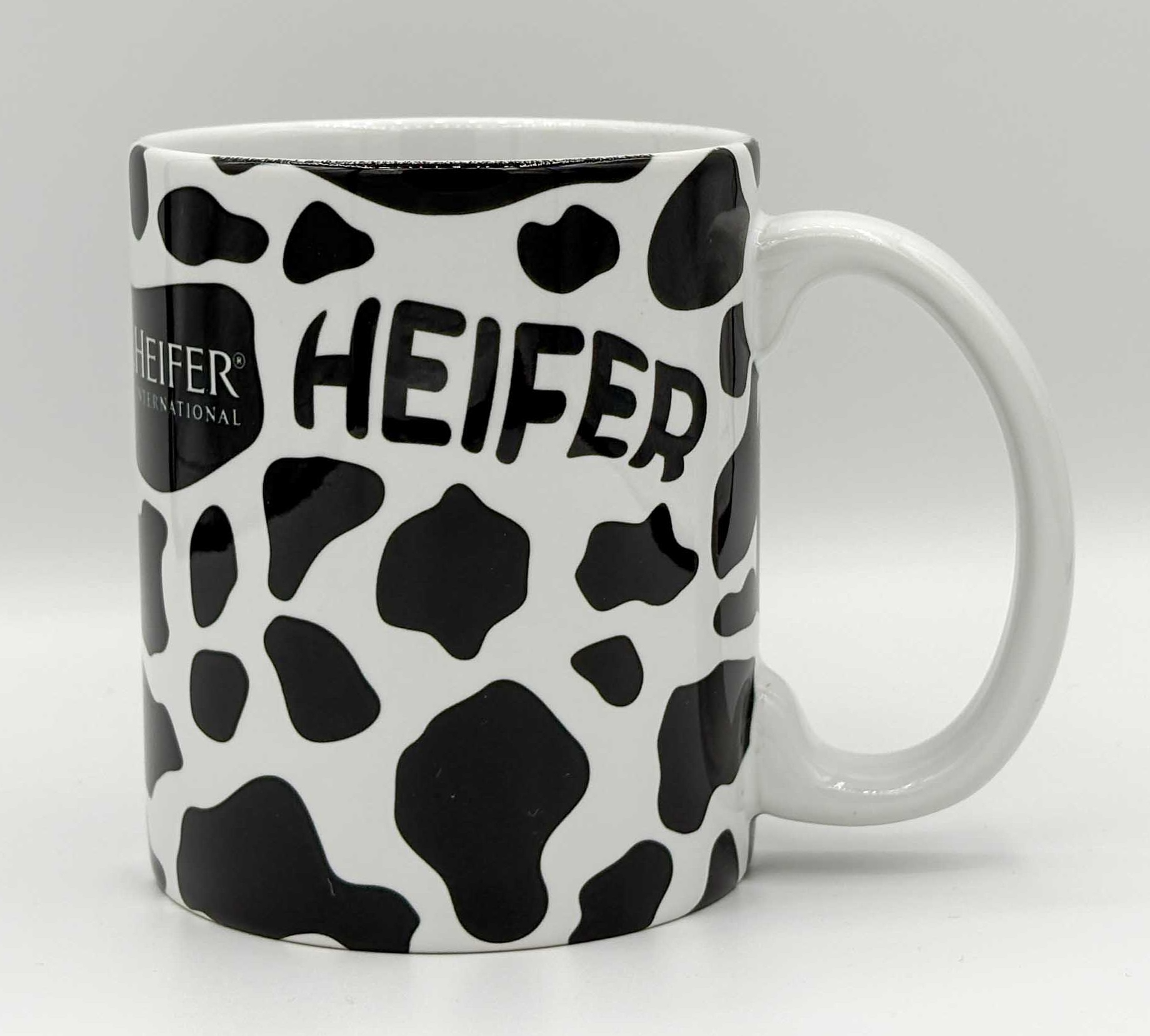
A FREE gift will be sent to supporters who choose to give a monthly gift.
Covering the transaction fee helps offset processing and administrative fees that we incur through taking payments online. Covering the transaction fee for each payment helps offset processing and administrative fees that we incur through taking payments online. Covering the transaction fee for each payment helps offset processing and administrative fees that we incur through taking payments online.

A FREE gift will be sent to supporters who choose to give a monthly gift.